During July last year we reported on the Australia Council’s second virtual worlds funding initiative, MMUVE IT! Thirty thousand dollars was provided to the successful applicants, Andrew Burrell and Trish Adams, and mellifera is the result.
The installation revolves around bees and the way they interact with their virtual eco-system. Like the previous project, Babelswarm, it’s a mixed reality event with an exhibition at the Gaffa Gallery, 1/7 Randle Street, Surry Hills in Sydney. The exhibition will run until April 21, 2009. The launch itself commences at 6pm today (16th April).
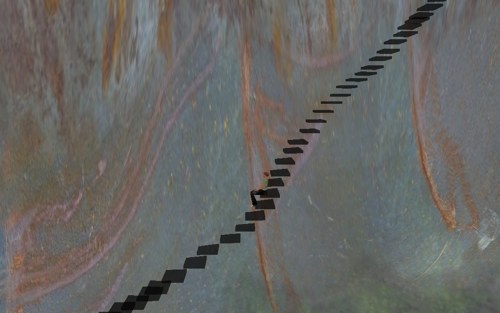
Why the bees? Andrew Burrell: “The European Honey Bee is an extremely complex creature, with an equally complex social structure making them ideal subjects to explore and question surrounding the functioning of networked and social structures in real and online environments.”
The Australia Council for the Arts has certainly demonstrated its commitment to virtual worlds as art spaces, and it’ll be interesting to see what future projects are funded. The original announcement of this project mentioned the use of VastPark in the final product – there’s no mention of it now, which is a shame. We’ve put the question to the Australia Council and will update this story once a response is received.
Check it out in-world or check the mellifera website
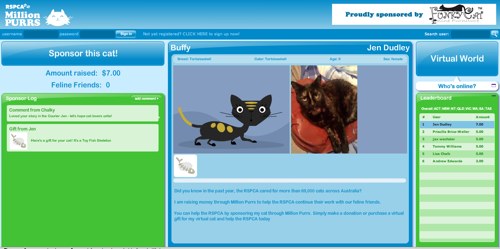
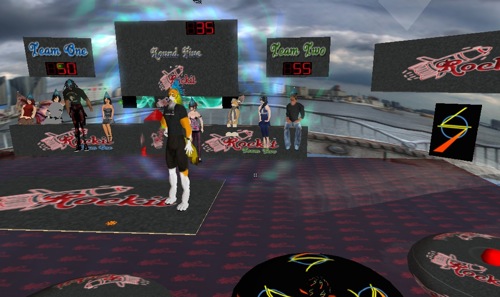

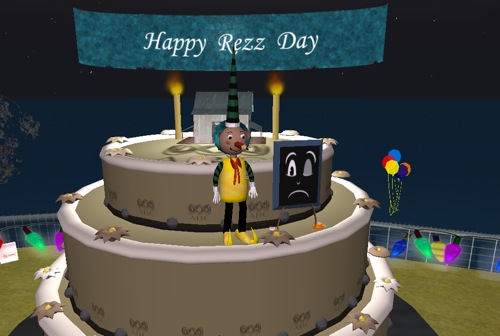
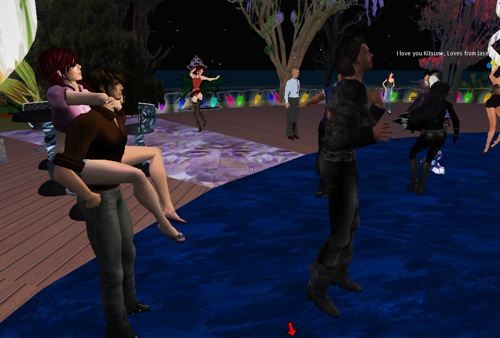


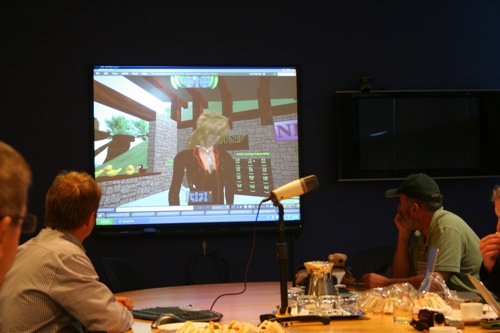
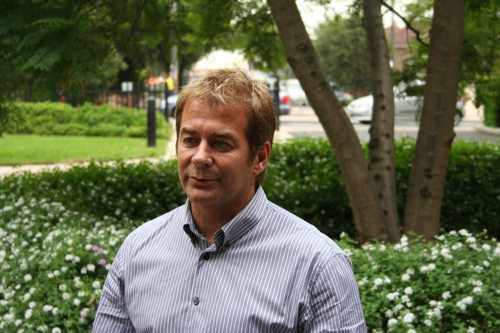
 1. Australian Second Life content developers,
1. Australian Second Life content developers, 
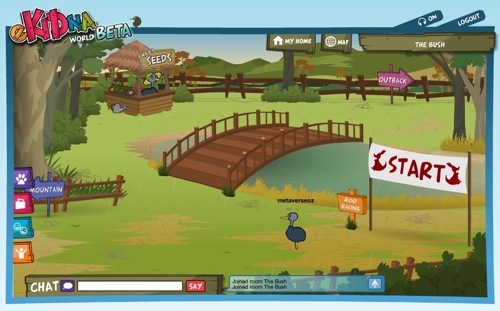
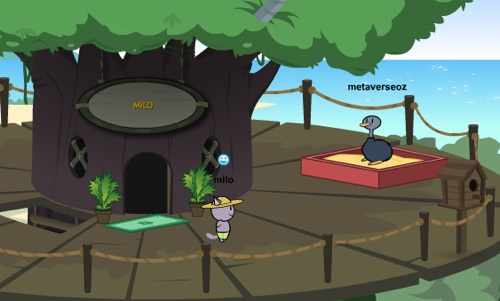
 Karen Orford: It is interesting in that despite the mass far reaching tentacles of the internet the competitors still vary widely from country to country. Club Penguin is the clearly the king of the jungle here in Australia, but in the US it has very serious competition from the likes of Webkinz World, and in the UK European sites such as Habbo have a major grip. However, despite these sites being competitors in that they are online children’s virtual worlds none of them have focused on chat safety in the way ekidnaworld.com
Karen Orford: It is interesting in that despite the mass far reaching tentacles of the internet the competitors still vary widely from country to country. Club Penguin is the clearly the king of the jungle here in Australia, but in the US it has very serious competition from the likes of Webkinz World, and in the UK European sites such as Habbo have a major grip. However, despite these sites being competitors in that they are online children’s virtual worlds none of them have focused on chat safety in the way ekidnaworld.com
Recent Comments